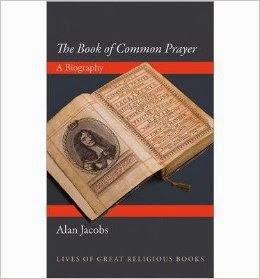For the past 20 years or more, Walter Brueggemann has been known for his theological exegesis. In his many books and articles, he has been looking at the Bible as a theological document showing us what God is doing throughout history. In Sabbath as Resistance. Saying NO to the CULTURE OF NOW, Brueggemann writes about God’s people in the context of the cultures around them. He points out that the Bible has a distinct message and a different theology than the cultures in which God’s people find themselves. He compares Israel’s early Old Testament situation to the cultures the disciples lived in according to New Testament stories and incidents, and then to our situation in our cultures today.
Published by WestminsterJohnKnox, and available at www.wjkbooks.com, Brueggemann has more than 20 books with WJK. In this one, Chapter One is on Sabbath and the First Commandment, and in the next five chapters, he discusses resistance to anxiety, coercion, exclusivism, and multitasking (all concerns that sound familiar), and offers alternative ideas, followed by a final chapter on Sabbath and the Tenth Commandment.
It looks like people of both the Old and New Testaments had some of the same problems we are coping with today. And what did they do about it? And what should we do about our situation? Two of his key words are resistance and alternative, as he explains how the celebration of Sabbath can be an act of both resistance and alternative. Think of your own situation: is there tension in the family over resisting requirements of soccer practice on the Sabbath, for example?
Brueggemann says his book is for those who are feeling “weary and heavy laden,” because of the many requirements of our culture. He assures us that keeping the Sabbath is both resistance and alternative to the demands of advertising and the commercialism surrounding us. He is beginning to think the fourth commandment on the Sabbath “is the most difficult and most urgent of the commandments in our society.”
I like the way Brueggemann brings together God’s people in both the Old Testament and the New, with our current times. He combines essential portions of the teachings of both Moses and Jesus, with references to Scripture and the Psalms, reminding us “do not be anxious....God provides what is needed.” As he says, Brueggemann’s book offers readers “a journey from the world of commodity to the world of communion.” Recalling an old hymn, he urges us to “take time...Sabbath is taking time...to be holy.”
—Lois Sibley
Friday, May 30, 2014
Friday, May 16, 2014
A Bio for the BCP
The Book of Common Prayer A Biography sounds like a book many of us would like to read. Written by Alan Jacobs, who is a professor at Baylor University in Texas and published by Princeton University Press at press.princeton.edu, this is part of their series called LIVES OF GREAT RELIGIOUS BOOKS. I didn't realize a book could have a bio, but this one has so much history packed around it that it needs a bio.
The story begins in 1543, with Archbishop Thomas Cranmer sitting in his study, looking around at his vast collection of books and thinking about how he might produce in English a book that would please not only King Henry VIII, whose moods were “hard to predict,” but would also be helpful to the people in the pews. Many of the people did not know Latin, which the priests had been using in their worship services for at least 1,000 years. To add to the challenges, in those days some of the people did not know how to read and write in English.
For the next five years, Cranmer and his assistants worked on having one book in English with standard liturgies for worship in all the churches in the UK. It should include homilies, rites for Morning and Evening Prayer, prayers for the Daily Office, the administering of Communion and more. And this prayer book should partner with the Bible in English so that the people could be “stirred up to godliness.”
The first official copy of The Book of Common Prayer was printed in 1549 and there have been many revisions and updates since then. Professor Jacobs has followed carefully all that happened regarding the book and its changes. He is sensitive to the opinions of those on both sides of each controversy and his book is both informative and interesting. Be sure to read the final Notes section, lots of good info there, too.
Jacobs concludes: “Cranmer’s book and its direct successors, will always be acknowledged as historical documents of the first order, and masterpieces of English prose....but the goal—now as in 1549—is to be living words in the mouths of those who have a living faith.”
—Lois Sibley
Subscribe to:
Comments (Atom)

